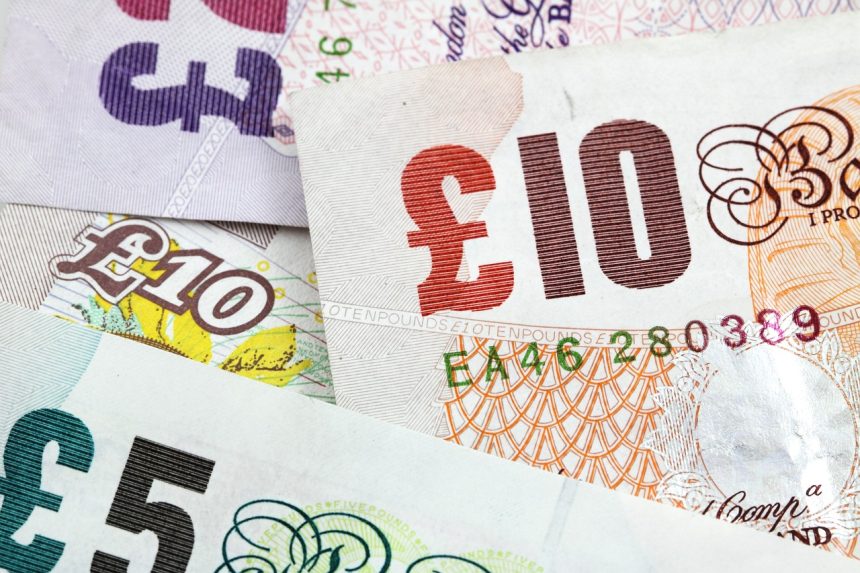Pound sterling rises to 1.2780 as the US dollar falls, with the focus on US core PCE inflation statistics.
During Tuesday’s European session, the Pound Sterling (GBP) approached the round-level resistance of 1.2800. The GBPUSD pair’s rise is being driven by an upbeat Pound Sterling. Which is capitalizing on risk-on mood and growing uncertainty over when the Bank of England (BoE) would begin lowering interest rates.
In April, UK inflation fell more slowly than expected, reducing the BoE’s chances of cutting interest rates.
Previously, investors expected the BoE to begin lowering interest rates following the June meeting. Firm speculation for the BoE. The rate reduction were based on forecasts that the UK’s annual headline inflation rate will revert to the anticipated 2% in April. According to Bloomberg, BoE Governor Andrew Bailey stated at an International Monetary Fund (IMF) event in Washington on April 16 that “Inflation in the UK will fall near its 2% target next month” and “has declined roughly in step with the BoE’s forecast in February”.
However, the rate at which underlying inflation fell was inadequate to bring price pressures to the 2% target. And they fell to 2.3%. Apart from a slower decrease in headline inflation. Tenacious service inflation appears to be a major hurdle, making the last mile for price pressures towards the 2% objective extremely stubborn.
Daily Market movers: Pound Sterling increases while the US Dollar remains under pressure.
The pound rises to 1.2780 against the US dollar, which is under pressure due to investors’ increased risk appetite. The appeal of risk-perceived assets has grown despite the fact. That investors’ expectations for the Federal Reserve (Fed) to lower interest rates at the September meeting have dropped dramatically.
According to the CME FedWatch tool, traders believe the Fed will maintain its present monetary policy framework in September by nearly 50%. The probability of keeping rates unchanged have risen from 34% a week ago. This might result in a bullish reversal in the US Dollar. Which has been under strong selling pressure since Friday. The United States Dollar Index (DXY), The Greenback’s value against six major currencies has reached a new weekly low of 104.40.
Traders have reduced Fed rate-cut bets after officials emphasized. That the present interest rate framework is sufficiently restrictive and should be maintained for a longer period until they are confident. That inflation will return to the 2% target before considering rate decreases. To gain that level of confidence, Fed policymakers expect price pressures to fall for several months.
US core PCE inflation is expected to have climbed steadily on a monthly and annual basis.
Investors will now focus on the United States’ (US) core Personal Consumption Expenditure Price Index (PCE) data for May, which will be released on Friday. The core PCE inflation statistics, the Fed’s preferred inflation metric, will provide new insights into the inflation picture.
Economists expect Monthly and annual core PCE inflation will rise consistently by 0.3% and 2.8%, respectively. A higher-than-expected inflation number will boost the US Dollar by forcing traders to reduce dovish bets for September, but soft figures will do the opposite.









